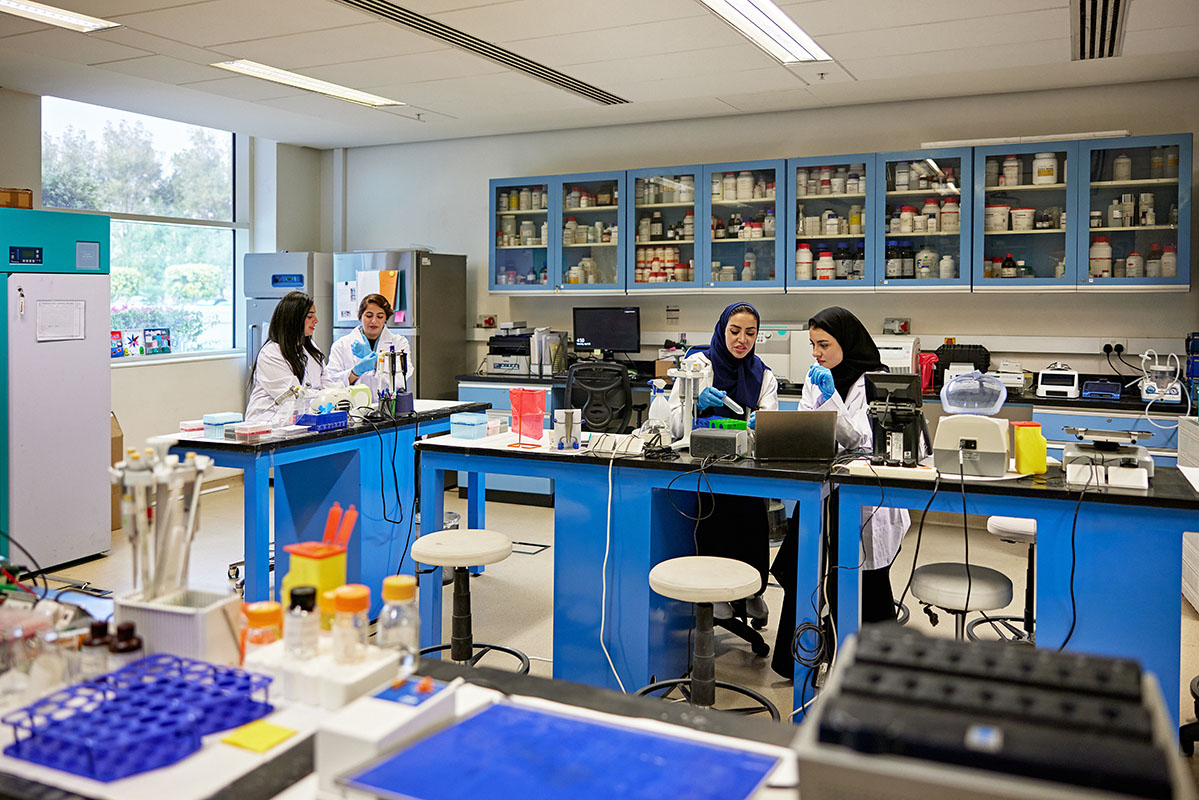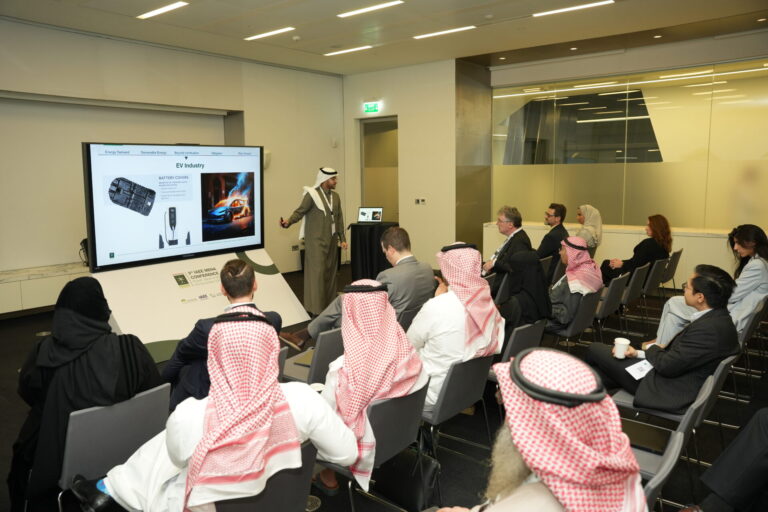Saudi Arabia has made significant strides in bridging the country’s gender disparity over the last decade. While there remains a significant gender pay gap, the jobs created by the transition to a greener economy may provide a means to close the divide, indicates a study led by KAPSARC researcher, Cian Mulligan1.
Saudi Arabia’s Vision 2030 roadmap includes a significant component aimed at the empowerment of women. This has already achieved some early success, with participation of women in the Saudi labour force rising from 18% in 2016 to over 35% at the beginning of 2024.
“Saudi Arabia has done a great job integrating women into the labor market,” says Mulligan. “Female empowerment cannot happen without economic empowerment, and the only way to achieve this is through Saudi women earning money and being visible in the labor market.”
Despite this progress, a wage gap between men and women persists. To understand what underlies these gender differences in pay, Mulligan collected data from various sources, including labor force surveys and wage reports. He separated components that can be attributed to ‘explained’ factors, such as education, work experience and job type. What remained must be due to ‘unexplained’ factors, including discrimination or other biases. This approach is a frequently employed econometric method known as Blinder-Oaxaca decomposition.
“This study is one of the first major empirical studies investigating the Saudi gender wage gap and includes green jobs as an exploratory variable in the model,” explains Mulligan. “It shows that lack of female uptake of green new and emerging occupations [NEOs] is contributing to the growing Saudi gender wage gap: in particular this is due to limited female presence in engineering occupations.”
The research found that while 35% of Saudi men are employed in green jobs—defined as those that are either created, augmented, or see an increase in demand due to the energy transition and associated climate policies—this falls to 21% for women. This then causes a wage discrepancy because NEOs are highly skilled and offer high wages.
The next step, explains Mulligan, is to determine whether education policies are likely to translate to changes in the labour market. “Worthy of investigation is whether Saudi women who study in STEM fields go on to work in STEM areas,” says Mulligan. “Finding a low transition rate would be initial evidence that there are entry barriers that warrant intervention through labor market policies.”
Reference
Mulligan, C., Green jobs and the Saudi gender wage gap: Explained and unexplained. 2024. | Article




